AARP Hearing Center


When Diane Burk married her husband, Jack, at age 57, one of the first things she did was take a cooking class — but not because she never learned how to cook.
She wanted to learn to cook for Jack, who was struggling to control his type 2 diabetes. “Not only was I a newlywed, but I suddenly had to figure out how to feed a diabetic,” says Burk, now 69, of Hammond, Indiana.
With the help of that class, offered by a hospital, and with a lot of trial and error, she helped her husband, also now 69, get his blood glucose levels down to much healthier levels. But in May 2023, Jack was diagnosed with advanced kidney failure. That meant the diet Diane had so carefully designed had to be overhauled again.
Caring for a loved one with diabetes has been “a very long journey,” she says, and keeps taking new twists.
Many caregivers are on similar journeys. That’s because nearly 40 million Americans, or nearly 12 percent of the population and 29 percent of those over age 65, have diabetes, according to the U.S. Centers for Disease Control and Prevention (CDC).
If you care for someone with diabetes, here’s what experts say you can do to ease the journey and help your loved one live the best life possible.
Learn the basics about diabetes
Diabetes is a chronic disease that leads to high levels of glucose (sugar) in the blood. The underlying problem is with a hormone called insulin, made in the pancreas. Insulin helps glucose move from your bloodstream to your cells, giving you energy. With diabetes, your body either makes too little insulin or doesn’t use insulin as well as it should. That allows glucose to build up in your bloodstream, causing health problems.


Type 1 diabetes is an autoimmune disease that often begins in childhood or young adulthood but can start at any age. But 90-95 percent of people with diabetes have type 2, says the CDC. That’s the kind that most often develops in people over age 45. People who are overweight or inactive are at higher risk.
Once someone has diabetes, they face an increased risk for many other health problems, including heart disease, vision loss, nerve damage and kidney disease.
But having diabetes today isn’t the same as having diabetes a generation ago, says Barbara Eichorst, vice president of health care programs at the American Diabetes Association.
“A lot of times caregivers come with some previous assumptions” that are outdated and overly pessimistic, she says. With today’s medications, management tools and proven lifestyle changes, “a person with diabetes can really have a very healthy life,” she says.
One of the best ways to learn more is to attend a diabetes self-management education and support program, Eichorst says. These programs, available at more than 3,000 places nationwide, are covered by Medicare when someone is first diagnosed and at several other points, she says. Private insurers and Medicaid often cover the programs as well.
Caregivers are welcome to attend, she says, to learn along with their loved ones about healthy eating, physical activity, medication, blood glucose testing and other essentials. Your loved one’s doctor can refer them to a program.



























































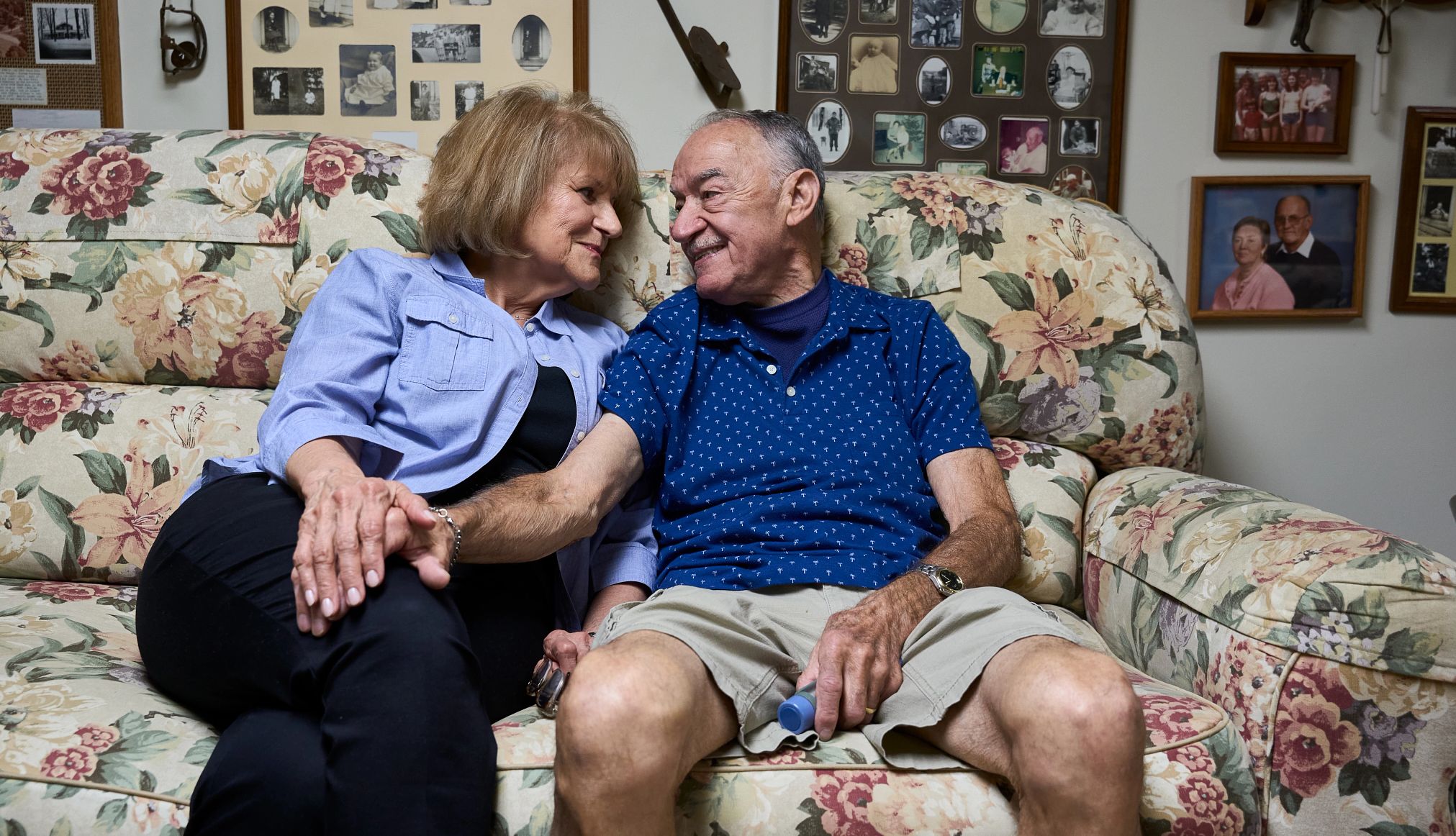
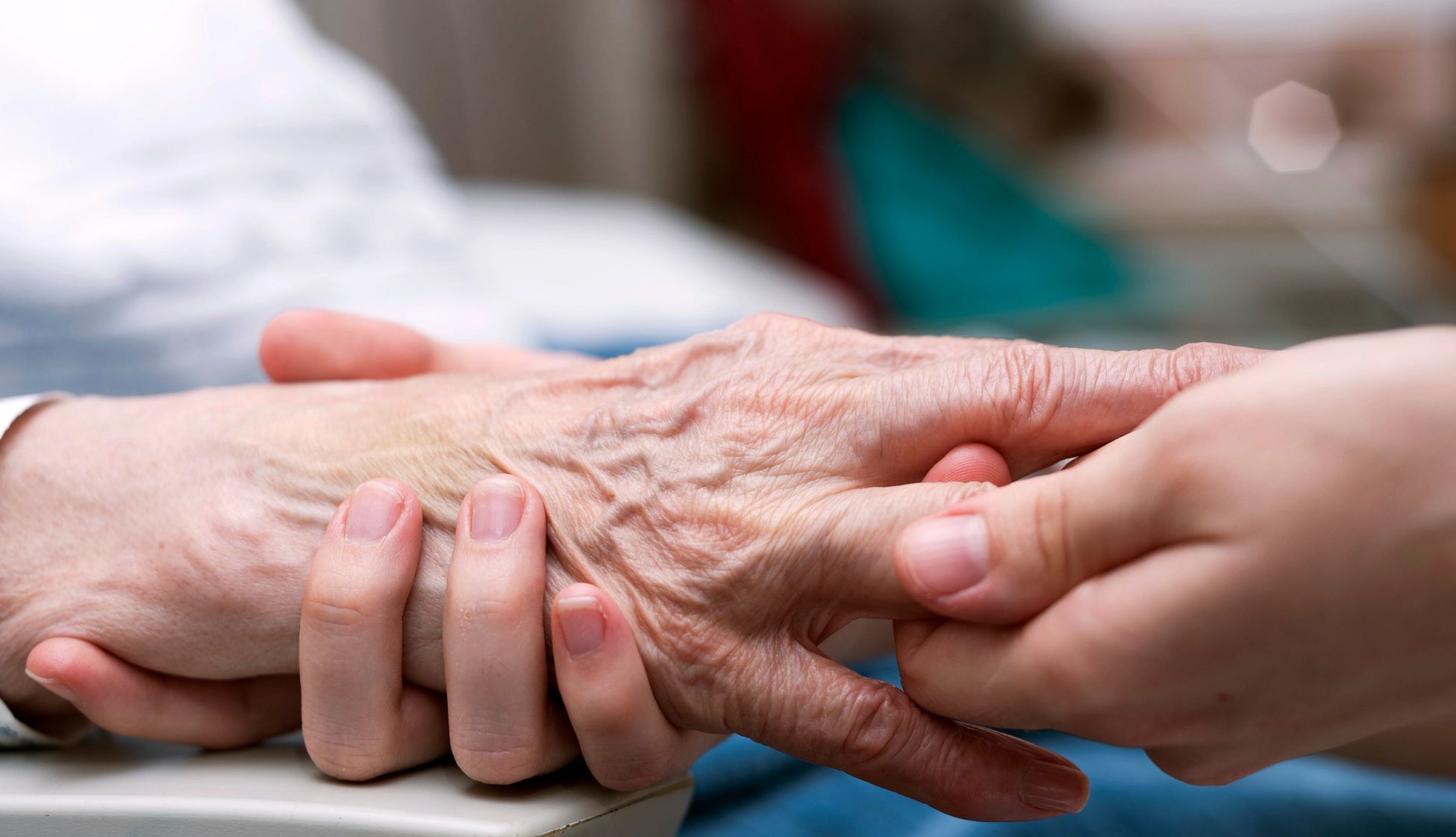

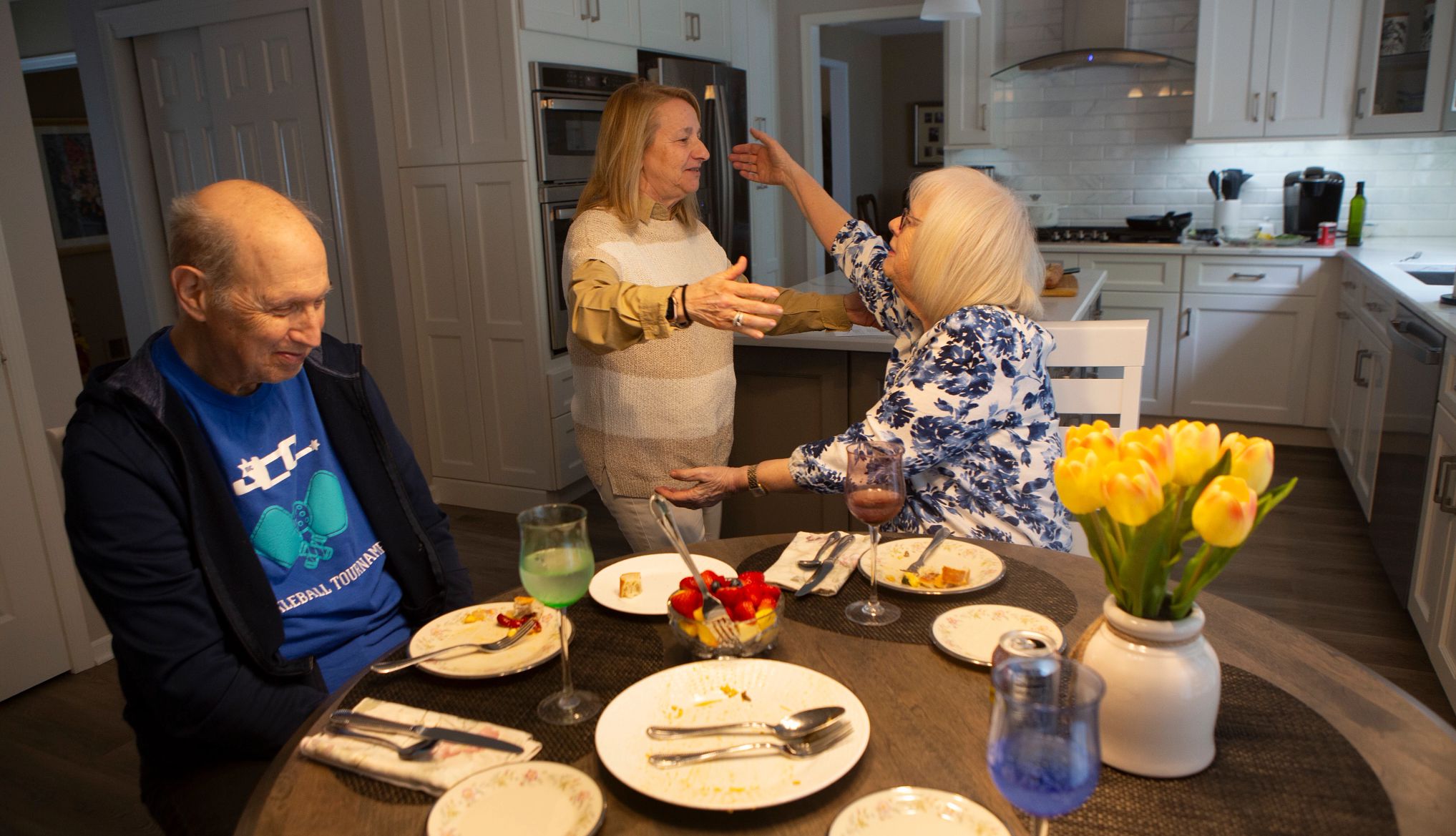



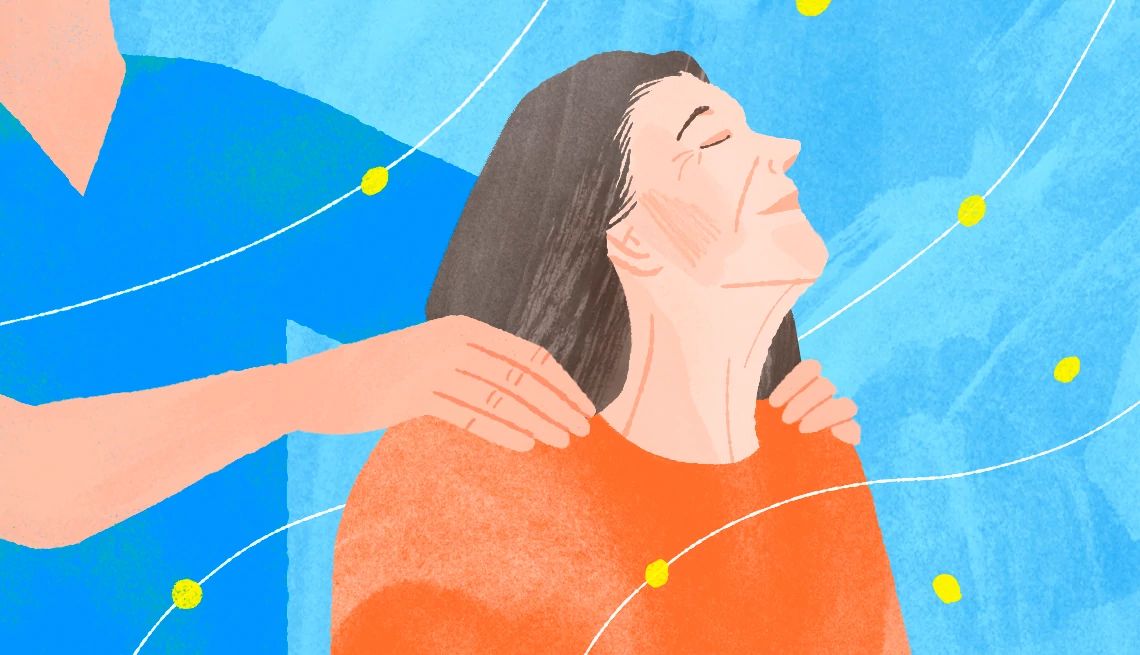
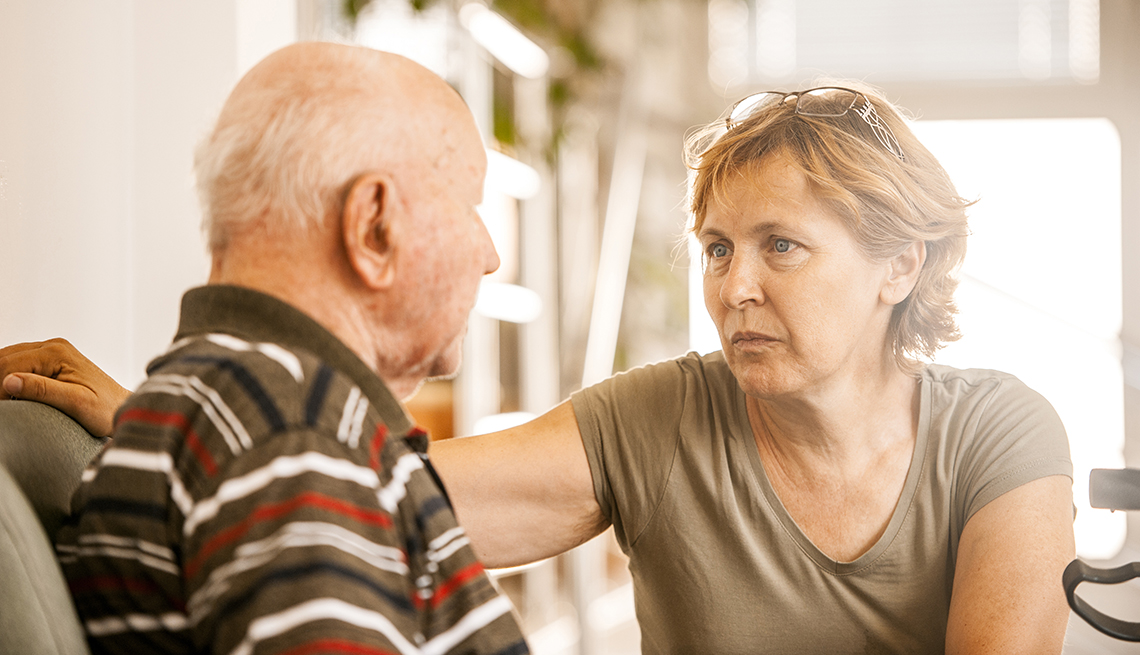






More From AARP
How to Be a Caregiver for Someone Who Has Parkinson’s Disease
Experts share ways to support a loved one whose needs will change over timeCaring for Someone Who Won’t Care for Themself
Tips to avoid resentment when a loved one’s health problems are exacerbatedMedical Breakthroughs in Diabetes Care and Treatment
Continuous glucose monitors, high-tech help for blood sugar and more